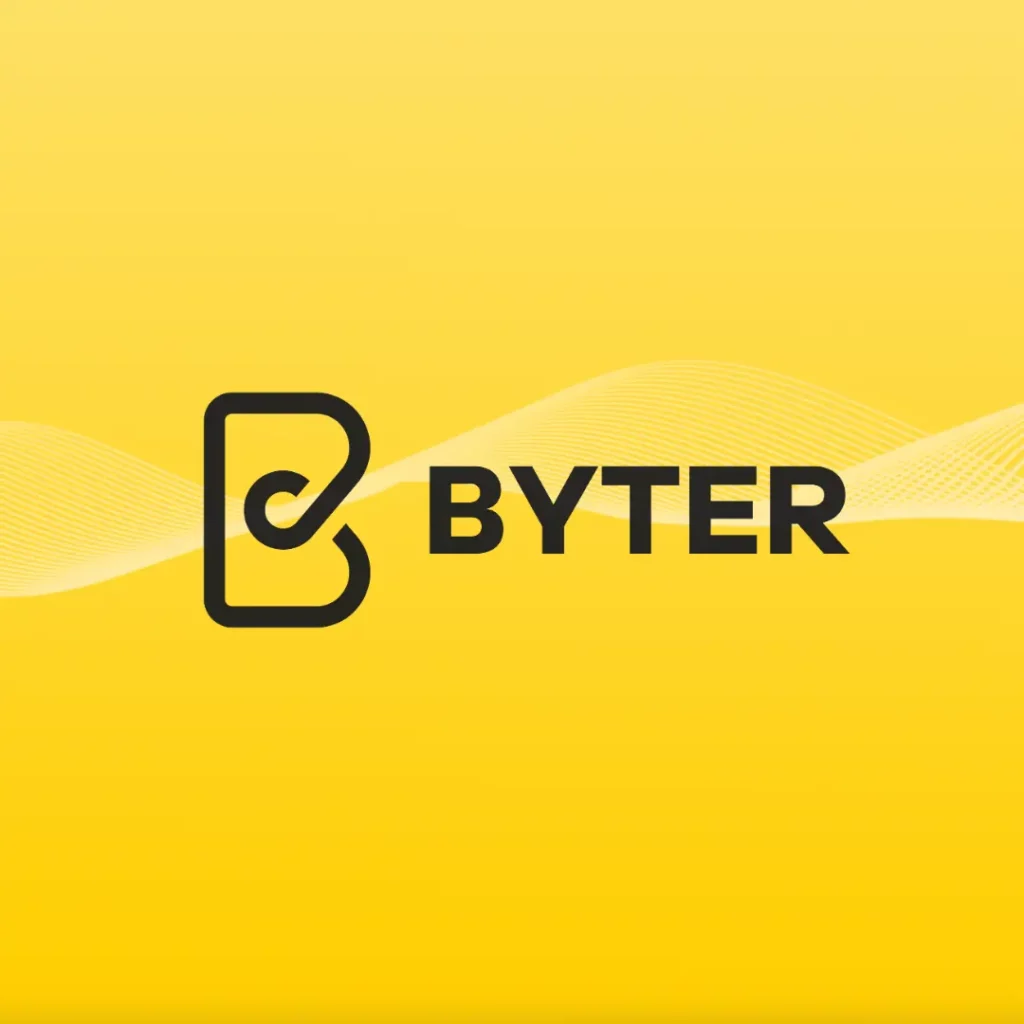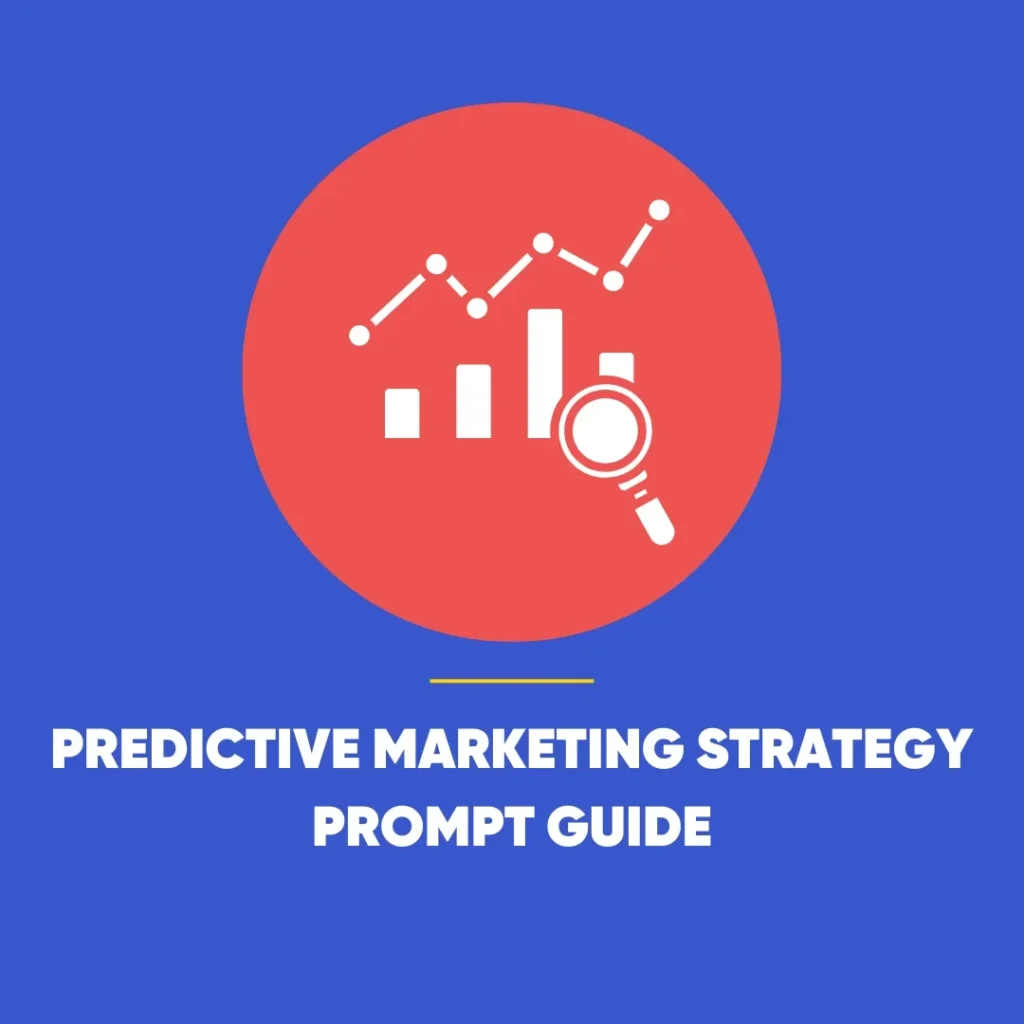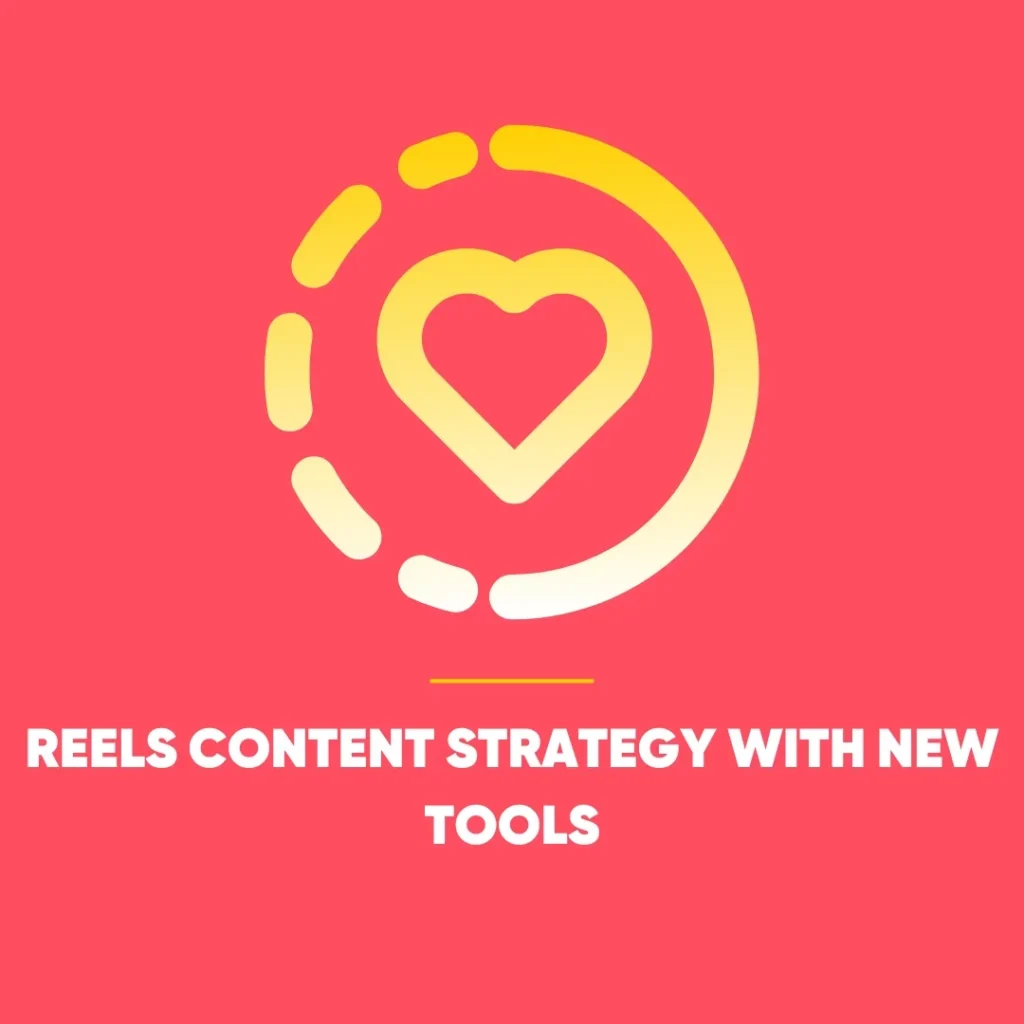AI Search Optimisation for Google Rankings
No Special Techniques Required for AI Overviews
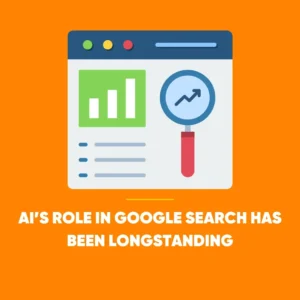
AI search optimisation isn’t a new practice – Google confirms traditional SEO remains effective for AI-powered search results. Speculation around terms like “AI SEO” or strategies labelled as AEO (AI Engine Optimisation) or GEO (Generative Engine Optimisation) may be spreading, but Google has made its position clear: traditional SEO practices remain entirely sufficient.
Gary Illyes, a key figure from Google’s Search team, made it explicitly clear that AI-based search features – such as AI Overviews and AI Mode – are deeply rooted in the same infrastructure that has powered Google Search for years. There is no separate track or secret formula; just solid, tried-and-tested search engine optimisation.
AI’s Role in Google Search Has Been Longstanding
While the buzz around AI in search may seem like a recent phenomenon, the reality is that Google has been incorporating AI technologies into its search engine for over a decade. From the introduction of RankBrain in 2015 to the more recent Multitask Unified Model (MUM), AI has progressively become integral to how queries are understood, results are generated, and information is ranked.
Illyes reaffirmed that AI plays a role across every phase of search: from crawling and indexing to ranking. In other words, the presence of AI is not an add-on or a separate mechanism – it is interwoven into the fabric of Google Search as it operates today.
The Same Tools, The Same Systems: AI Search Optimisation
One of the most significant takeaways from Google’s statements is that AI Overviews and AI Mode rely on exactly the same infrastructure as the rest of organic search. That includes Googlebot, the indexing system, and the ranking algorithms.
This should offer a strong message to SEO professionals: there is no need to develop separate techniques or reinvent optimisation strategies just because AI elements are more visible in search results. If content already ranks well under current SEO principles, it’s well-positioned for visibility within AI-driven features too.
No Preference for Human vs AI-Created Content
Google actively debunks the myth that it automatically favours human-created content over AI-generated material – or the reverse. Illyes explains that Google’s algorithms don’t attempt to identify who created the content. The focus is entirely on quality, usefulness, and trustworthiness.
Their systems reward content that provides informative, accurate, and genuinely helpful value to users. They largely ignore whether a person or AI created it. The quality of the final output is what counts.
How Generative AI Enhances the Search Experience: AI Search Optimisation
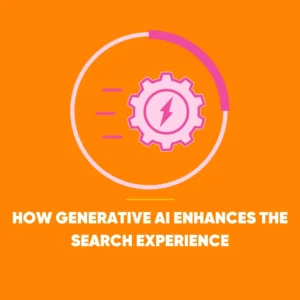 Though the underlying SEO strategy remains unchanged, Google has explained how some of the AI-powered features work under the hood. AI Overviews, for example, include mechanisms designed to enrich user queries and ensure factual accuracy. These include:
Though the underlying SEO strategy remains unchanged, Google has explained how some of the AI-powered features work under the hood. AI Overviews, for example, include mechanisms designed to enrich user queries and ensure factual accuracy. These include:
1. Query Fan-Out
This technique expands upon a user’s original search query by generating multiple related questions. The goal is to return more comprehensive, contextual responses, ensuring that users receive rich information rather than surface-level answers.
2. Grounding
Once content is generated, Google cross-references it against existing online sources within its index. This validation step – known as grounding – is designed to minimise inaccuracies, often called “hallucinations” in the context of generative AI. It ensures that AI-generated summaries align with reliable, factual information already present on the web.
SEO Community’s Mixed Reactions: AI Search Optimisation
As with any major development in search technology, the SEO community has responded with a blend of curiosity, scepticism, and innovation. While some professionals have attempted to craft new strategies specific to AI-driven search, others argue that the fundamentals remain unchanged.
This divergence is nothing new in the world of SEO. People often interpret things differently, especially when new technologies emerge. However, Google’s guidance encourages marketers to refine traditional SEO practices instead of pursuing hypothetical AI-specific tactics.
Google’s Core Message: Stick to the Basics
Google’s advice is both reassuring and practical: there is no need to overhaul your approach to SEO. Instead, focus on what has always mattered:
- Creating high-quality, well-structured, and informative content
- Ensuring your site is accessible, crawlable, and mobile-friendly
- Using relevant keywords naturally and contextually
- Earning authoritative backlinks from trusted sources
- Prioritising user experience and loading speed
These time-tested principles are as relevant to AI Overviews and AI Mode as they are to classic blue-link search results.
Conclusion: Keep It Simple, Keep It Quality
In summary, businesses and marketers don’t need to chase a new form of optimisation to thrive in the age of AI Search. The foundations laid by solid SEO are still valid, even in a landscape increasingly influenced by artificial intelligence.
Google makes its stance crystal clear: focus on quality content and apply solid SEO practices to succeed. AI-powered features rely on the same core systems and use the same ranking algorithms to assess information. So rather than worrying about AEO or GEO, digital marketers should double down on what they already know works – producing valuable content and ensuring it reaches audiences effectively.

